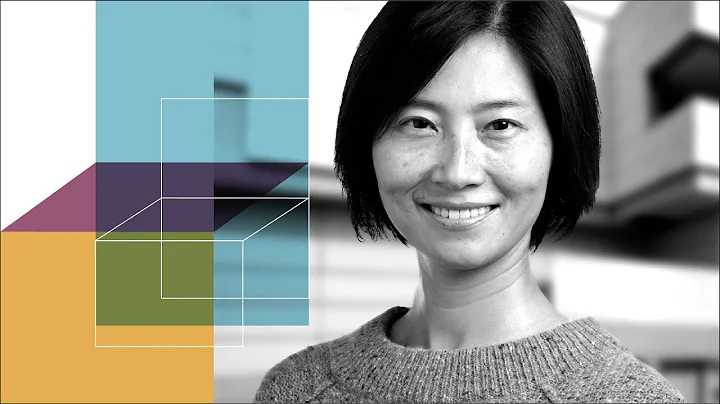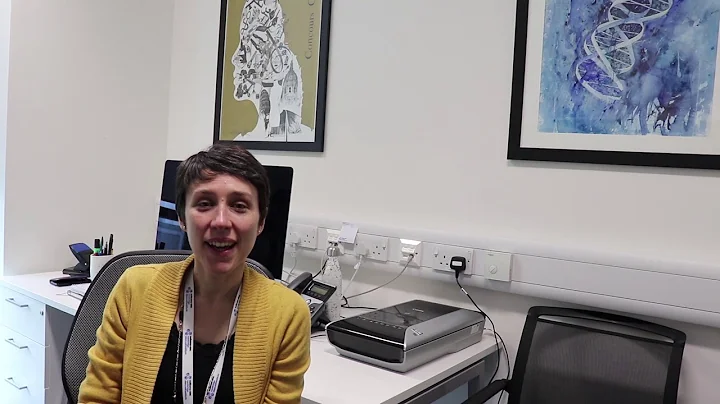
Systems biology research on how young blood promotes rejuvenation of multiple tissues in the body. The picture comes from the paper
◎our reporter Liu Runan
Can young blood induce the regeneration of aging tissues? Can it promote the "rejuvenation" of aging organs?
Recently, a study published in "Cells - Stem Cells" by researchers Liu Guanghui 's research group at the Institute of Zoology, Chinese Academy of Sciences, researcher Qu Jing's research group, and researcher Zhang Weiqi's research group at the Beijing Institute of Genomics, Chinese Academy of Sciences, confirmed that the above idea is not " Nonsense."
Researchers constructed a parabiosis model and allowed the blood of old mice and young mice to "exchange". After 5 weeks, the aging markers in multiple tissues of the old individuals were significantly reduced.
were paired in pairs, and parabiosis
young and old mice were paired in pairs, and the researchers constructed a parabiosis model. In short, two animals of different ages and different health states are surgically joined together so that they share a common blood flow. This is a model of a shared circulatory system first developed by French zoologist Paul Bert in 1864 to study which substances in the blood affect health. Once the
parabiosis model is established, blood can communicate with each other.
In theory, all organs and tissues throughout the body can be affected by "parabiosis", but due to scientific focus, the researchers mainly selected the brain, liver, skeletal muscle , skin, bone marrow, spleen and peripheral blood 7 In-depth analysis of tissues and organs.
The elderly "return to their youth",
The young "become mature"
Using single-cell transcriptome sequencing technology, they revealed the panoramic changes in the "age" of cells in old and young individuals caused by parabiosis.
research found that after blood exchange, old mice showed typical "younger" changes. The main manifestations are the improvement of the microenvironment of aging tissues and the activation of corresponding stem cells . In other words, the young blood environment activated the aged, damaged, and exhausted stem cells in the bone marrow, skin and other tissues and organs of the old mice.
One of the most responsive cell types is hematopoietic stem cells in the bone marrow. Under the continuous "soaking" of young blood, the gene expression characteristics of old hematopoietic stem cells become closer to the young state.
On the other hand, young mice that were originally full of energy and vitality showed a paradoxical "maturity": different organs, tissues and cell types showed the characteristics of accelerated aging.
"Combining methods such as differential gene expression, the core regulatory transcription factor , and cell-cell communication analysis, we discovered a series of hematopoietic stem cell aging regulatory factors represented by the epigenetic regulatory gene YY1 and the cell chemotactic factor CCL3." The co-first author of this study, Ma Shuai, a researcher at the Institute of Zoology, Chinese Academy of Sciences and Zhiyi, Beijing Institute of Stem Cell and Regenerative Medicine, told reporters.
He said that it is precisely because of the discovery of these genetic codes for "delaying aging" that if relevant intervention strategies can be designed for these regulatory factors in the future, it may be able to help people delay aging and prevent the occurrence of age-related diseases. At the same time, this faces many challenges. Why is
like this?
Are there differences between different tissues and organs?
In a parabiosis system, it must be mentioned that cells flow with blood exchange. Just like when a river is opened between two pieces of land and seeds flow along with it, cells between two individuals may exchange with each other and reach various tissues and organs.
So, is it the improvement of the blood environment or the arrival of young mouse cells that makes the old mice become "younger"?
further asked, is it because the cells of the old mice have been nourished and become more energetic after the blood environment has improved? Or did the sight of the "foreign monk" make the old mice's own cells feel "pressure" or "crisis" and work harder? Or maybe the cells of the old mice have chosen to "lay flat" and only rely on the external blood environment and external young cells to achieve the result of "rejuvenation" of the tissues and organs?
The interactions between these cells are complex and changeable, and must be explored through sophisticated experimental design and technical means.
"We used two different genotypes, CD45.1 and CD45.2, as markers to distinguish cells from allogeneic old and young mice. We not only analyzed hematopoietic immune cells derived from individuals with different genotypes through flow cytometry, but also further A single-cell transcriptome map of parabiotic mice with different CD45 genotypes was constructed," said Wang Si, the co-first author of this article and a researcher at Xuanwu Hospital of Capital Medical University.
research results show that in the allogeneic system, the degree of interoperability between peripheral blood and spleen cells is high; however, the interoperability between hematopoietic stem cells in the bone marrow is very low. Less than 1% of hematopoietic stem cells in young individuals are derived from older individuals. , less than 5% of old individuals are of young origin.
"This suggests that the bone marrow hematopoietic stem cells of old mice have undergone an endogenous change that is affected by young blood." Ma Shuai said, "In addition, in addition to the hematopoietic immune system, the peripheral entities of old individuals Tissues will also be 'rejuvenated' by young blood."
It is worth mentioning that the researchers also found that changes in the expression of Gilz, a factor with anti-inflammatory activity, in cells in different tissues may be responsible for systemic aging and rejuvenation. key regulatory factors.
Blood transfusion ≠ blood transfusion, "blood transfusion to extend life" is not advisable
"This study reveals the biological mechanism of aging from the perspective of systems biology, and also provides important information for establishing scientific assessment methods of aging and finding intervention targets and intervention strategies for aging. The data resources and clues have broad application prospects in the scientific prevention and control of population aging," said Wang Yanjiang, director and professor of the Department of Neurology at Daping Hospital of the Third Military Medical University (Army Specialty Medical Center).
Yue Rui, deputy dean and professor of the School of Life Science and Technology, Tongji University, said, "This study provides valuable single-cell resources for a deep understanding of the aging and rejuvenation mechanisms in the allogeneic symbiosis system, and at the same time provides a way to intervene and delay the aging of the body. A series of potential new targets."
The author pointed out that "blood exchange" and "blood transfusion" in this study are two concepts. There is currently no clear evidence that transfusion of young blood can extend the life of animals or humans. , this approach is also undesirable. The original text of
is published in "Journal of Medical Science" (2022-06-24 5th edition domestic)






















